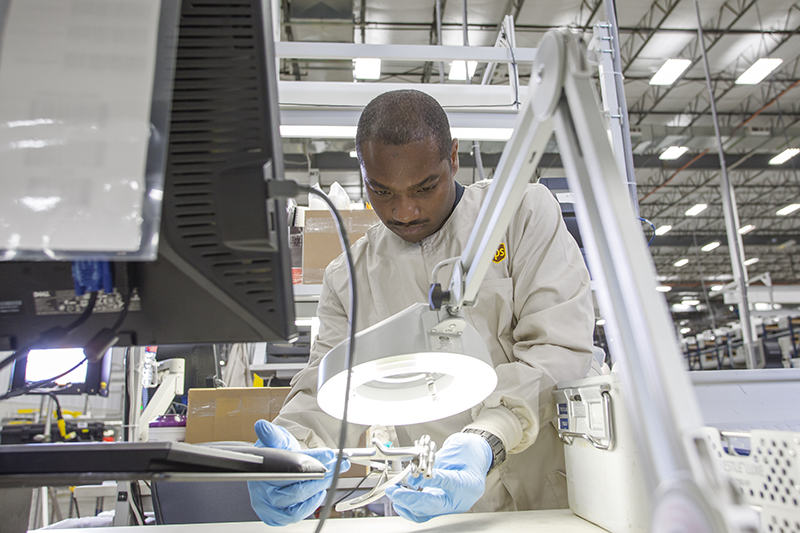Make Your Supply Chain Smarter

Risk in the supply chain is an ongoing issue for many global medical device companies. The pressures of cost and regulatory compliance, among other factors, can be difficult to manage while keeping an eye on successful growth. Josh Cannon, UPS director of global healthcare strategy, shares some strategies companies can implement to help them more effectively navigate the process within their organizations.
MedTech Intelligence: What challenges do medical device manufacturers face throughout their supply chain?

Josh Cannon: The medical device supply chain as a whole is in a transformative state driven by challenges in four main areas: Cost management, price regulation, inventory management and regulatory compliance. Cost management in particular has been an ongoing concern. According to the most recent UPS Pain in the (Supply) Chain survey, the biggest challenges to managing supply chain costs are rapid business growth, fluctuations in fuel and raw materials costs, increasing regulations and new market expansion. Manufacturers need to evaluate opportunities to reduce supply chain cost in all areas, but also ensure that those opportunities do not impact the quality of patient care.
Regulatory complexity continues to increase in the medical device industry, [and] manufacturers need to invest in supply chain expertise to keep pace with the regulatory complexity. Change is happening quickly, and the manufacturers need to stay in front of this to ensure compliance.
MTI: How should both parties work together to mitigate this risk?
Cannon: First, companies must look to their supply chains as a way to deliver efficiencies, reduce costs and ultimately mitigate risks associated with top supply chain challenges. Organizations that treat their supply chains like a business asset, embrace change, build flexibility into their networks to respond to shifting trends and market conditions, and challenge their operational status quo will be better prepared to mitigate risks—and better positioned for growth.
Second, companies should have a disaster recovery plan in place and conduct scenario planning with their supply chain partners to ensure they are prepared to mitigate risks. Partner with the goal of developing a distribution network that is optimized, secure, flexible and agile.

MTI: What technologies can companies use to streamline their supply chain processes?
Cannon: The best technologies for driving supply chain efficiencies and mitigating risks are those that combine monitoring and visibility with intervention capabilities.
RFID technology has evolved from tags being read very close to the reader to very long range scanning. Once single-use tags are now reusable, and there is the ability to read RFID from smartphones. Although RFID has evolved and cost has reduced, it is still seen as fairly expensive, perhaps too expensive, to tag each product. The cost includes tag, software and hardware as well as integration with existing systems, but as this technology continues to evolve, look for RFID to become more cost-effective and a best-in-class solution within the healthcare supply chain.
RFID provides real-time visibility when orthopedic sets are received back in a distribution center so customer service can place an order and turn around the set same day. In essence, healthcare companies are becoming more agile and adaptable than ever before. High-value, critical healthcare products have to reach new markets in a seamless, integrated flow that adhere to strict product safety and security protocols. Healthcare companies are planning for an optimized, smarter supply chain — and RFID technology is becoming more and more part of a smarter healthcare supply chain.